
AeroGenie: il tuo copilota intelligente.
Tendenze
Categories
PIT and BioFlyte Partner to Deploy Aerosol Detection Technology
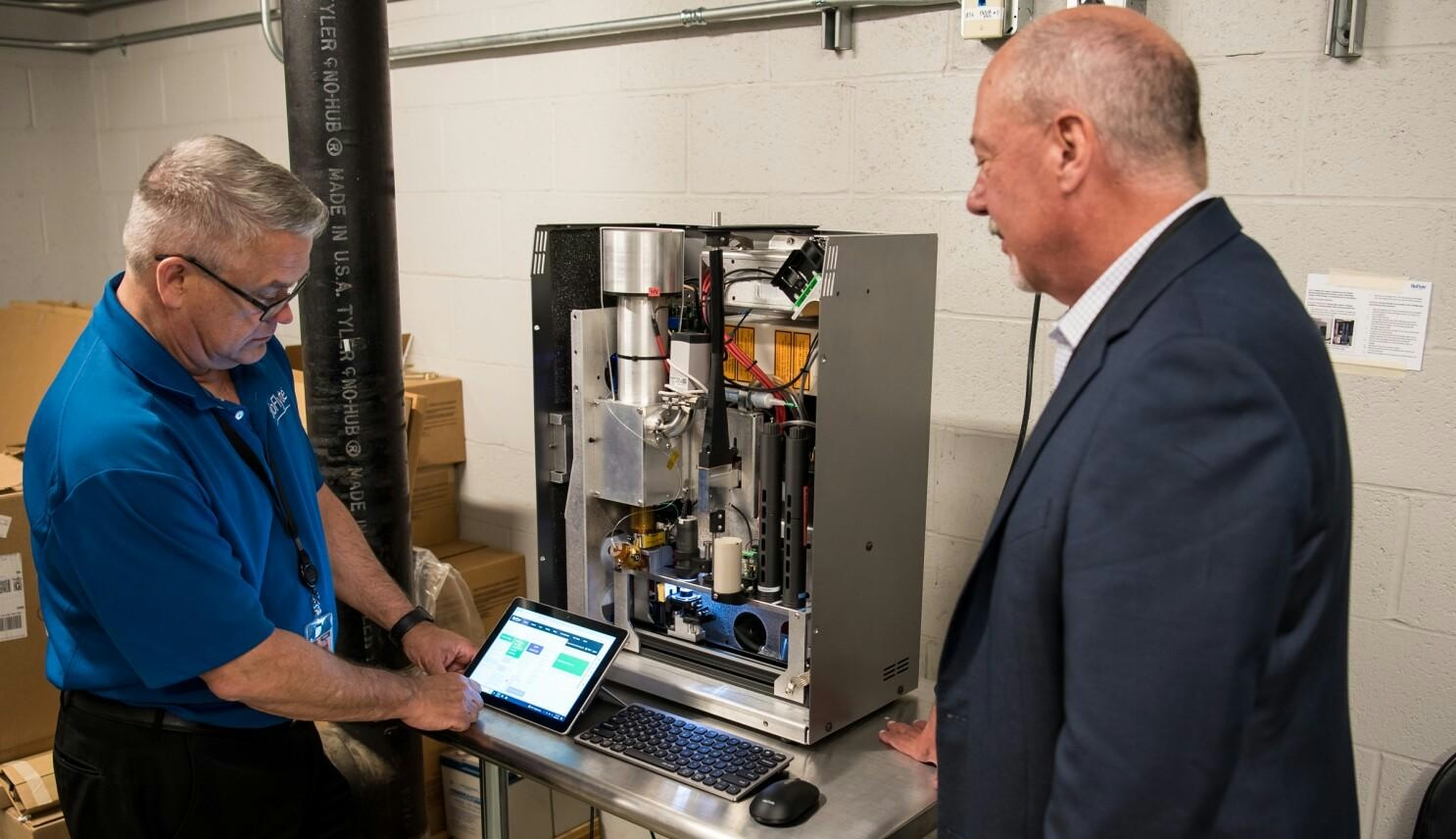
PIT and BioFlyte Collaborate to Advance Aerosol Detection in Aviation
Pittsburgh International Airport (PIT) has entered into a five-year partnership with BioFlyte, a biothreat security company and participant in PIT’s xBridge innovation program, to accelerate the deployment of advanced aerosol detection technology within aviation environments. This collaboration seeks to enhance passenger safety and operational resilience by integrating cutting-edge biological and chemical threat detection systems.
Innovation and Security at the Forefront
PIT, recognized as a Corporate Partner of the FTE Digital, Innovation & Startup Hub, was the first airport to implement BioFlyte’s mass spectrometers. The partnership aims to expand the use of BioFlyte’s technology, which provides real-time detection of biological and chemical threats. Travis McNichols, Chief Operations Officer at PIT, emphasized the airport’s role in the region’s technology ecosystem, stating that the agreement highlights PIT’s dedication to maintaining leadership in aviation security and innovation. He noted that BioFlyte’s progress exemplifies how the xBridge program transforms promising innovations into practical solutions.
BioFlyte’s Aerosol Detection Technology
BioFlyte specializes in field-deployable aerosol mass spectrometers, with its flagship product, the BioTOF z200, representing a pioneering dynamic threat monitoring system. This device offers early warning detection, analysis, and confirmatory identification of a broad spectrum of chemical and biological threats. It is capable of detecting particulate hazards including bacteria, viruses, biotoxins such as anthrax and ricin, and pharmaceutical agents like fentanyl. The system completes the testing process—from sample collection to identification—within five to ten minutes, enabling rapid threat response while minimizing disruption to airport operations.
Challenges and Market Outlook
Despite positive market reception and strong stakeholder confidence, the partnership faces several challenges. Ensuring the detection system’s reliability and effectiveness in identifying hazardous airborne toxins remains paramount. Additionally, securing sustained funding for the joint marketing agreement and integrating the technology into existing airport security frameworks will require meticulous coordination. Industry analysts anticipate that competitors may respond by developing similar technologies or forming new alliances, as the emphasis on biothreat detection in aviation intensifies.
Todd Sickles, President and CEO of BioFlyte, highlighted the importance of the early validation work conducted through xBridge, which demonstrated the technology’s reliability, performance, and cost-effectiveness. He expressed optimism about the next phase of the partnership, where PIT’s operational expertise and leadership in technology will facilitate broader market adoption and enable other airports to benefit from enhanced biological and chemical threat detection capabilities.
Strategic Collaboration and Regional Impact
Under the terms of the agreement, PIT will host industry demonstrations, support joint public awareness initiatives, and act as a formal customer reference. This collaboration reinforces PIT’s position as a hub for innovation, attracting partnerships that advance public safety, technology commercialization, and economic development within the region.

Europe Advances Aviation Sustainability Through SAF Mandates and Innovation

Lufthansa's Fleet Plans for 2025
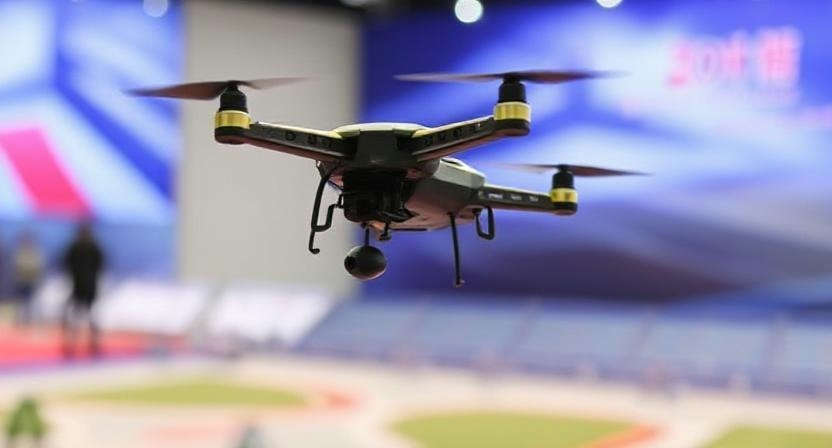
Fifteenth National Games Model Aviation Finals in Longhua Showcase Drone Sports and Innovation
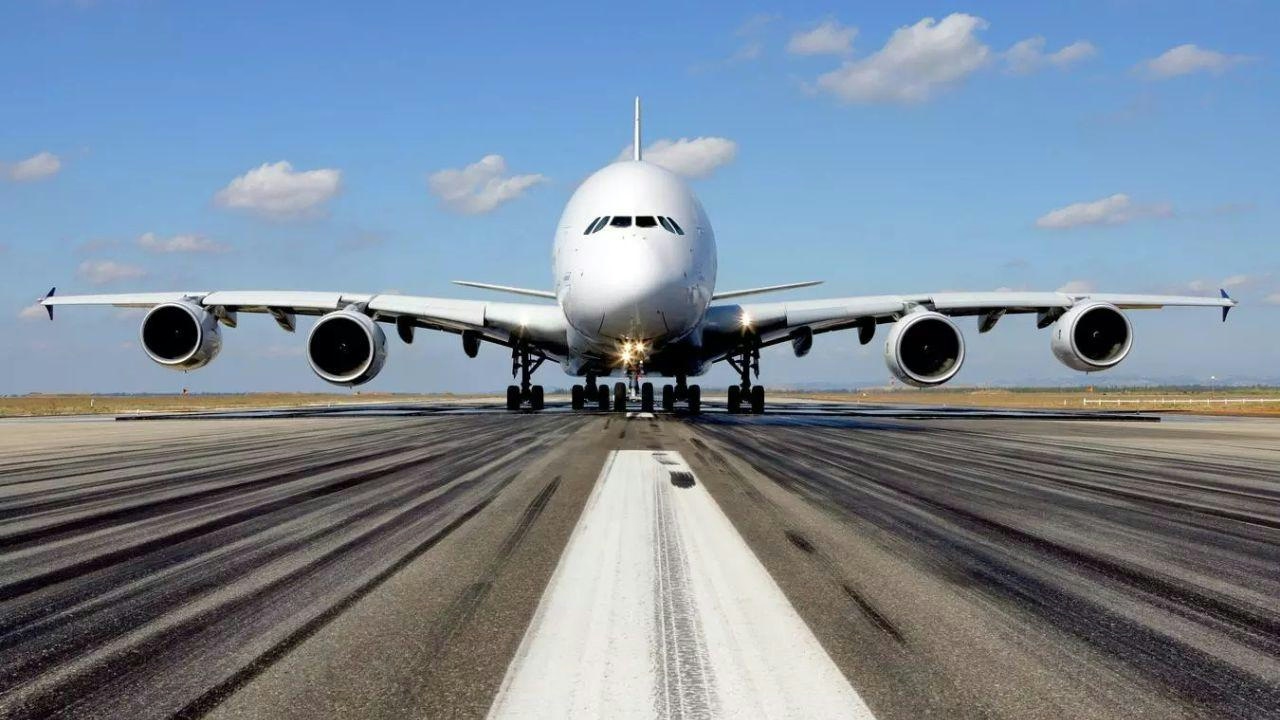
Brazilian Woman Becomes First Female Captain of Airbus A380
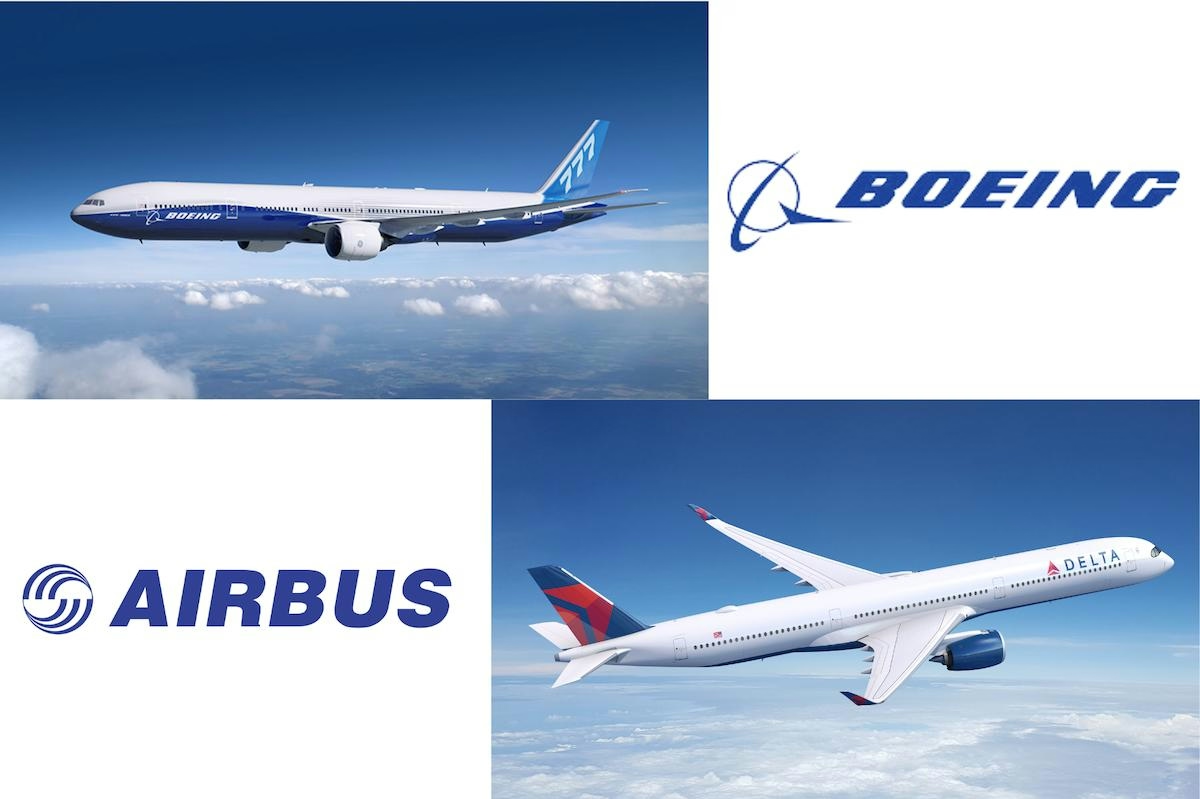
Airbus and Boeing: Comparing Their Global Reach

Vietjet Orders 100 Airbus A321neo Jets, Strengthening UK-Vietnam Strategic Partnership
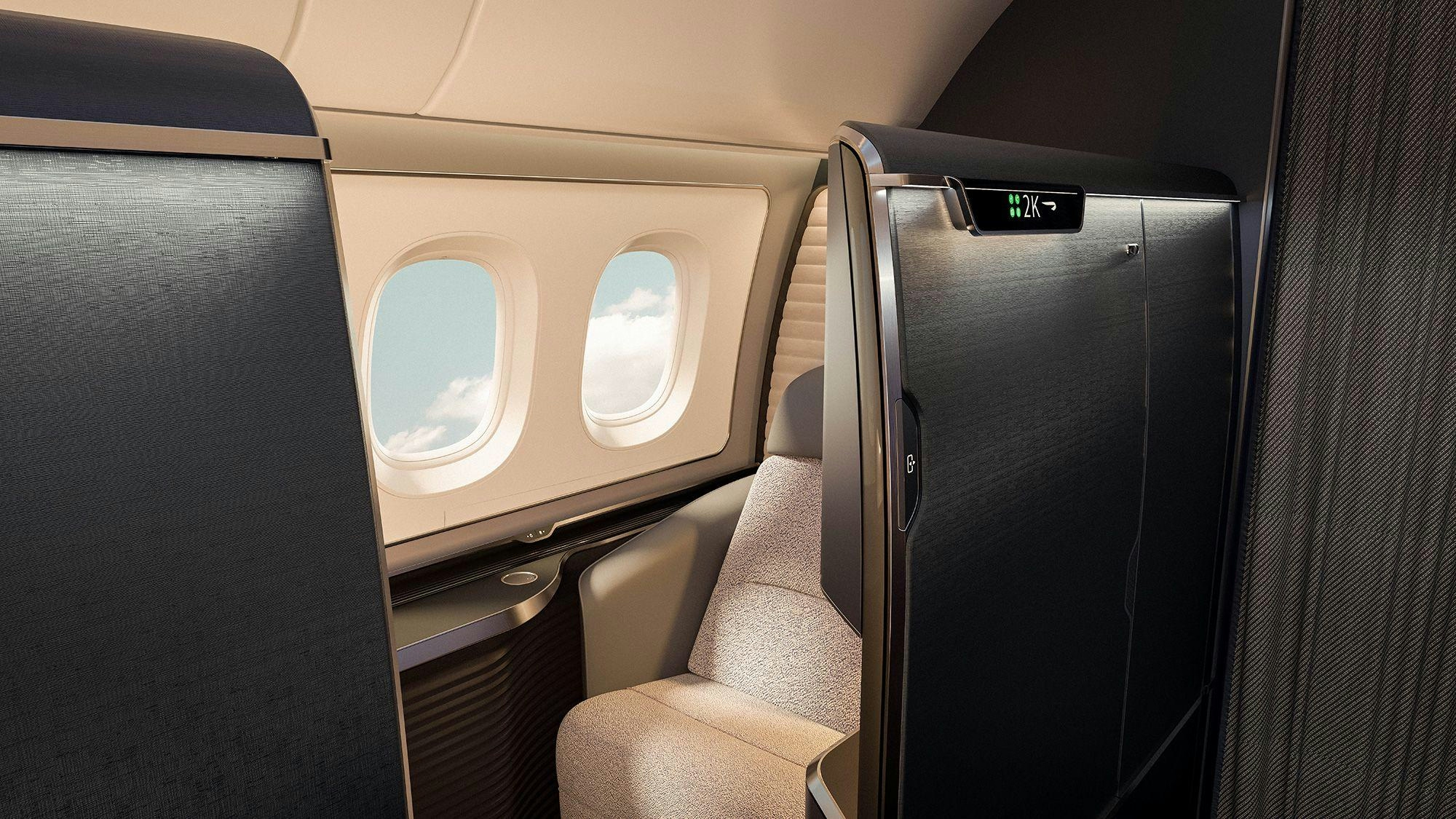
The Aircraft Set to Replace the Iconic Superjumbo

Delta Air Lines Introduces AI-Powered Concierge Service

Shanghai to Host 2025 North Bund International Aviation Forum
